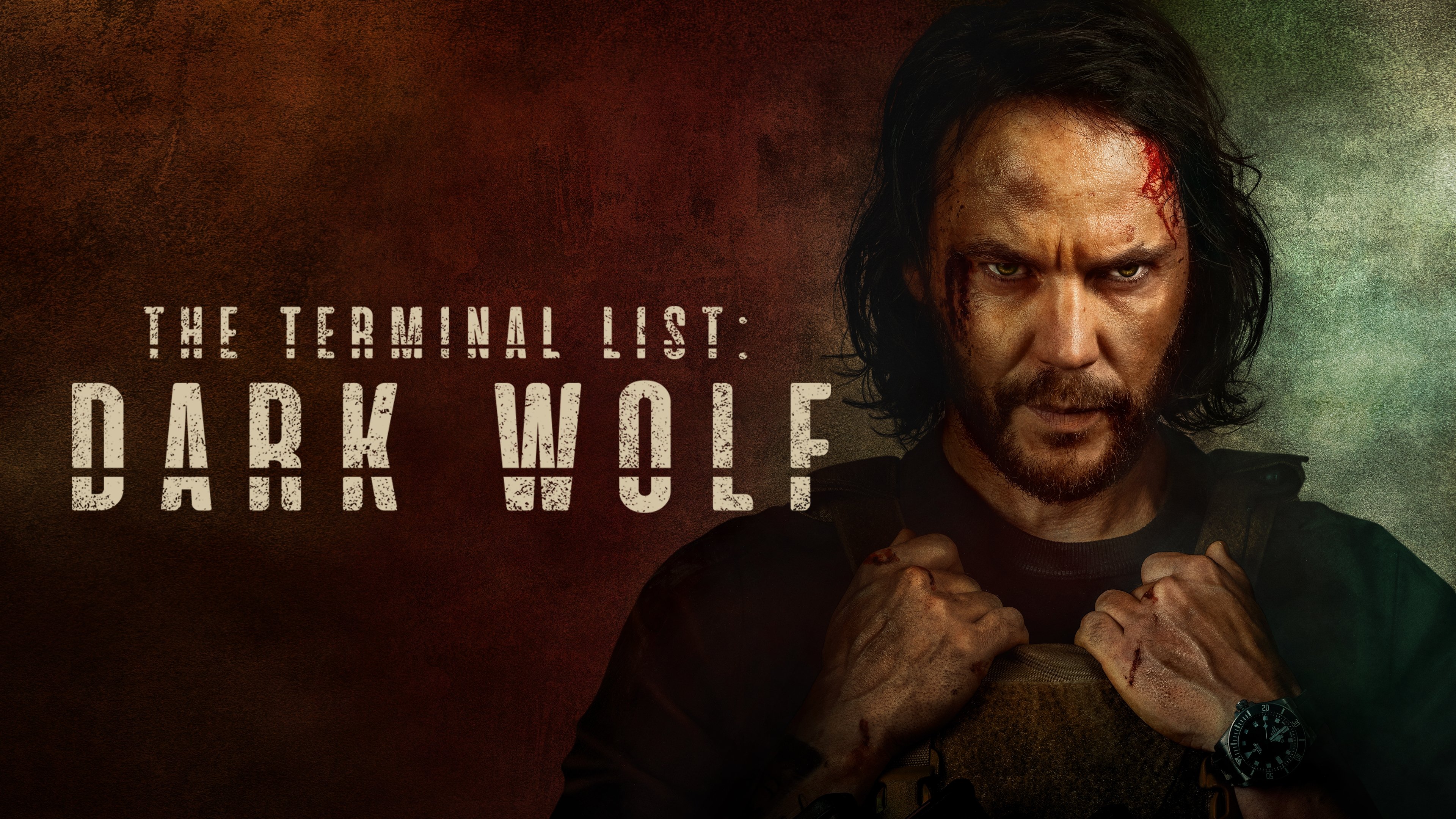“The Alamo” (2004): A Gritty Reimagining of an American Legend
The Alamo, released in 2004 and directed by John Lee Hancock, is a historical war drama that attempts to offer a more grounded and historically nuanced retelling of the famous 1836 Battle of the Alamo. Starring Dennis Quaid as Sam Houston, Billy Bob Thornton as Davy Crockett, Jason Patric as Jim Bowie, and Patrick Wilson as William B. Travis, the film explores the events leading up to and culminating in the pivotal standoff between a small group of Texian defenders and the vastly superior Mexican army under General Antonio López de Santa Anna.
Unlike previous cinematic interpretations that often romanticized the Alamo legend, Hancock’s version aims for realism over myth. The film portrays its central characters not as flawless folk heroes but as deeply human figures with conflicting motives and vulnerabilities. Davy Crockett, often depicted in pop culture as a frontier superhero, is here a seasoned, reflective man confronting the limits of his legend. Billy Bob Thornton’s performance brings Crockett down to earth, depicting him as a man more interested in honor and truth than in upholding a caricature of bravado.
The story begins as tensions between Texian settlers and the Mexican government escalate. William Travis, a young and ambitious officer, is placed in command of the small garrison at the Alamo mission in San Antonio. He is joined by Jim Bowie, a rugged, no-nonsense adventurer suffering from illness, and Davy Crockett, who arrives with a contingent of volunteers from Tennessee. Though the men have different temperaments and motives, they must unite against Santa Anna's advancing army.
When Santa Anna’s troops arrive, the film shifts from political buildup to intense siege warfare. The 13-day battle is depicted with an emphasis on strategic desperation, dwindling supplies, and the overwhelming odds faced by the defenders. The climactic final assault is brutal and chaotic, stripped of romantic flair, and underscored by the inevitability of the defenders’ fate. Every character is given a moment to shine, to reveal their fears or convictions, making the final stand resonate more as a human tragedy than an act of nationalist heroism.

Visually, the film is impressive. The set design, particularly the recreation of the Alamo compound, is richly detailed and historically faithful. Cinematographer Dean Semler captures both the harsh beauty of the Texas landscape and the gritty claustrophobia of siege warfare. The score by Carter Burwell adds emotional weight without being intrusive.
Despite its efforts to present a more historically accurate and morally complex version of the Alamo story, the film received mixed reviews upon release. Critics praised its ambition and performances but noted its somber tone and pacing as potential drawbacks for audiences expecting a traditional action epic. At the box office, The Alamo underperformed, though it has since been reassessed by some viewers for its attempt to confront myth with realism.
In conclusion, The Alamo (2004) is a thoughtful, character-driven historical drama that dares to challenge the romanticized legends surrounding one of America’s most iconic battles. It may not satisfy those looking for a rousing patriotic tale, but for viewers seeking a more introspective and grounded portrayal of the men who stood and fell at the Alamo, it offers a compelling and sobering experience.


